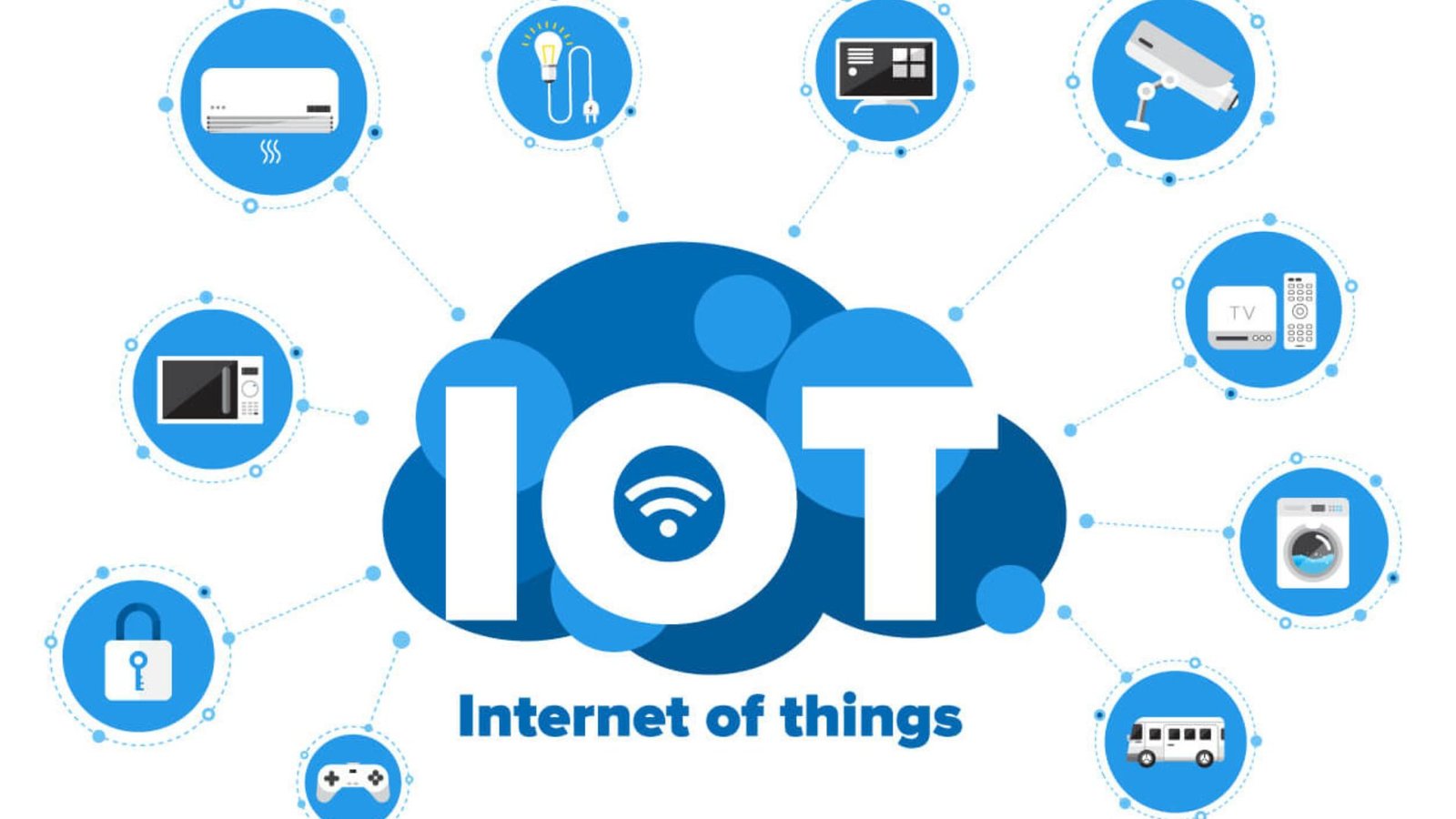The Internet of Things (IoT) is a concept that connects everyday objects to the internet, allowing them to send and receive data. What is the Internet of Things? It refers to a network of devices that communicate with each other and with other systems to create smarter and more efficient environments. This technology is transforming how we interact with the world around us.

1. Understanding IoT
Definition of IoT
- What It Is: The Internet of Things involves embedding sensors, software, and other technologies into everyday objects to make them “smart.”
- How It Works: These connected devices collect data, exchange information, and can be controlled remotely via the internet.
Examples of IoT Devices
- Smart Home Devices: Thermostats, lights, and security systems that can be controlled via smartphone apps.
- Wearable Technology: Fitness trackers and smartwatches that monitor health metrics and sync with other devices.
2. Applications of IoT
Smart Homes
- What It Is: IoT allows homeowners to control lighting, heating, and security systems from anywhere.
- Benefits: Increased convenience, energy savings, and enhanced security.
Healthcare
- What It Is: IoT devices like remote monitoring tools and smart medical equipment help in managing and diagnosing health conditions.
- Benefits: Real-time health monitoring, improved patient care, and personalized treatment plans.
Industrial IoT (IIoT)
- What It Is: IoT applications in manufacturing and industry, such as smart sensors on machinery.
- Benefits: Improved efficiency, predictive maintenance, and enhanced safety.
3. Benefits of IoT
Increased Efficiency
- What It Is: IoT devices automate routine tasks and streamline processes.
- How It Helps: Saves time and reduces the need for manual intervention.
Enhanced Data Collection
- What It Is: Devices collect and analyze data to provide valuable insights.
- How It Helps: Enables better decision-making and forecasting based on real-time information.
Improved Quality of Life
- What It Is: IoT technology enhances convenience and accessibility in daily life.
- How It Helps: Provides smarter homes, better health management, and more personalized experiences.
4. Challenges and Considerations
Security Concerns
- What It Is: IoT devices can be vulnerable to hacking and unauthorized access.
- How to Address: Use strong passwords, regular updates, and encryption to secure devices.
Privacy Issues
- What It Is: IoT devices collect a lot of personal data, raising privacy concerns.
- How to Address: Review privacy settings and be cautious about sharing personal information.
Interoperability
- What It Is: Not all IoT devices work seamlessly with each other.
- How to Address: Choose devices that support common standards and protocols for better compatibility.
5. The Future of IoT
Advancements in Technology
- What It Is: Ongoing innovations in IoT technology will lead to more advanced and capable devices.
- Impact: Greater integration into daily life, improved functionality, and expanded applications.
Growing Market
- What It Is: The IoT market is expanding rapidly, with more businesses and consumers adopting IoT solutions.
- Impact: Increased availability of IoT products and services, leading to wider adoption and more innovative solutions.
Conclusion
The Internet of Things (IoT) connects everyday objects to the internet, creating smarter and more efficient environments. What is the Internet of Things? It is a technology that enhances our lives by making devices more intelligent and interconnected. While there are challenges such as security and privacy, the benefits of IoT, including increased efficiency and improved quality of life, make it a transformative technology with a promising future.











